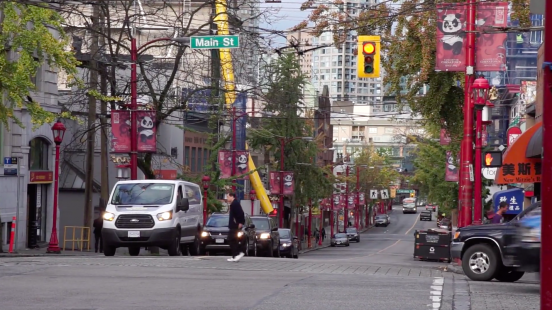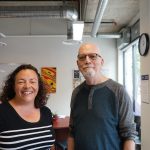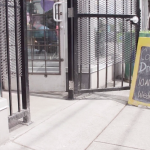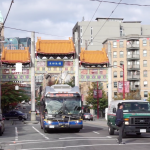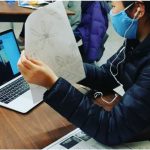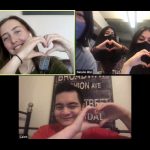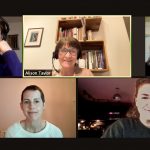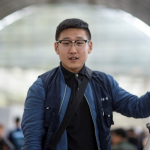Part 4 of 4. Collecting the Threads
By Robyn Taylor-Neu
In the wealthiest of North American and European cities, there are some who are said to have “fallen through the cracks.” Having fallen, however, they dwell in those gaps, inhabit them, make homes, and form relationships. For these “fallen,” the so-called social safety net has proven less-than sound. Here, in the gaps, faith in government assistance is riddled with the grit of reality. At the same time, “the market” seems unlikely to come to the rescue; Adam Smith’s invisible hand is otherwise occupied, stroking corporate egos and stoking the fires of high finance. The rhetoric, in this context, has turned towards “partnerships”—and partnerships between universities and community organizations hold promise. To understand the nature of this potential, though, we must push past facile stories of “educational outreach” and “social responsibility.” Community-university partnerships can be something special. They do have unique potential. But the narrative needs to be complicated.
There’s no magic formula for community partnerships—it depends on the right people, with the right sensibilities, at the right time, with the right institutional support. In the previous three posts, we have traced the development of the Tech Café, teasing out the features that undergird its success. While recognizing that the Tech Café’s solutions cannot simply be replicated, we now ask how they might be effectively adapted to different contexts—how might the Tech Café offer insight into the conditions, constraints, and potentials of community-university partnerships?
For starters, the Tech Café’s success illustrates what happens when the right people come together. Although other factors contribute, the project ultimately rests on strong interpersonal relationships. It’s necessary to develop organizational relationships, Dionne observes, but “you need the individual to make anything happen.” Nodding in agreement, William notes that individual personalities and experience are key factors in forming partnerships. He and Dionne gravitate towards individuals and groups that are like-minded and are engaged in similar sorts of work. “We naturally go towards people that fit,” Dionne confirms.
The “right people,” then, often means people with the right sensibilities. As we noticed in part 1, attentiveness is crucial. By being attentive, William and Dionne were first able to identify a gap in social services provision in the Downtown Eastside and create an app to address it. Then, by remaining attentive, they noticed an even larger gap: technology training programs that would “meet people where they’re at.” At every step of the program development, William, Dionne, and their collaborators attended to the community’s responses and requests, never presuming to know in advance what would be required. As we observed in part 2, William and Dionne also established the Tech Café around principles of reciprocity, flexibility, and commitment to ongoing relationships—alongside attentiveness, these comprise the sensibility required for effective community-university work. “All of our programs…are meant to be reciprocal. So they come from the community, a need identified from the community, whether it’s a community organization or a community member,” Dionne explains. She elaborates:
“When you work with community you have to be flexible and adaptable…I always remember I had an old boss who would explain community work and she would say it’s like having a garden—every once in a while you have to go in and weed it, and sometimes you need to move these plants over here because they’ll thrive better over here, and sometimes you just need to pull them up and say, ‘this isn’t going to work in my garden.’ And so [with] community work, often you have to go in and kind of look at what’s working. Is it not working over here because it’s not the right environment or is it not working because it’s a bad idea? And then if it’s just not in the right environment, can we try it over here? Would this be a better environment?”
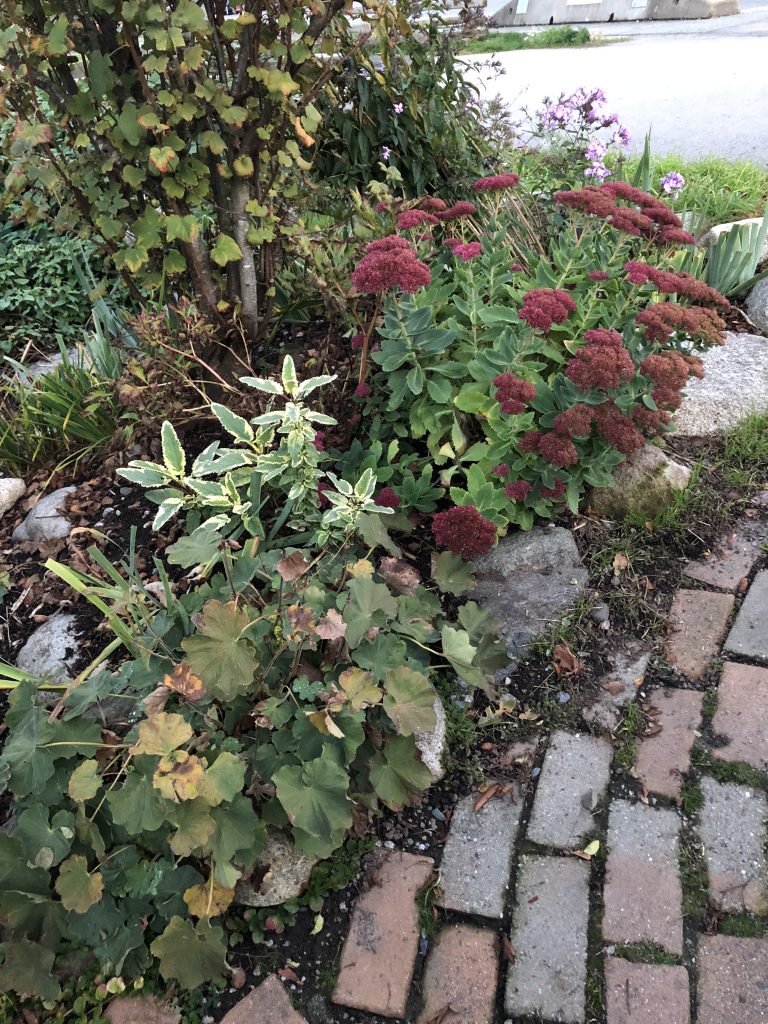
With the Tech Cafés, she and William have been especially flexible in terms of timing and venue: “We’re not saying let’s meet between this time and this time—it’s like ‘what time would work for you?’ And as long as we don’t have another Tech Café going on that at that time we’re like ‘okay, we can do it.’ So that’s why we have some that are at night, because it might work better that way.”
Having the right people, with the right sensibilities is not enough, however, unless the timing is also right. Sometimes it’s just not the right moment to pursue a particular partnership: “if they’re pretty sure [it’s not going to work], it means to me that they’re not ready to do it…maybe we need to come back in a year, maybe we need to come back in six months,” Dionne remarks. Similarly, sometimes it’s not the right moment to tap a particular funding stream. With amusement, William recounts a situation in the early days of the Tech Café: “We did a brilliant proposal and I got a call back from them saying you’ve identified a very real need of the community, you’ve done find a really innovative way to approach it…but we’re not going to give you any money.”
Yet, even with all the right people, the right sensibilities, and the right timing, a budding project can wither without the right institutional support. In the case of the Tech Café, the UBC Learning Exchange and Carnegie Community Center were key supports, while the DTES Literacy Roundtable took the lead on the LinkVan and Tech Café projects. As institutional supports, both the Learning Exchange and Carnegie offered stable funding and a degree of autonomy (unlike many of the non-profits in the neighbourhood that are dependent on short term, rigidly prescribed funding). From our perspective, this support meant that William and Dionne were able to develop innovative community projects—i.e., the app and the cafés—while building upon a wealth of experiences, community connections, and established, trust-bound relationships. As university-affiliated researchers, we were especially intrigued by UBC’s role in these projects, which represents a stark departure from the stock narrative of the predatory researcher engaging in the academic equivalent of a drive-by shooting. Rather, the story of the Tech Café reveals the power of the university, if leveraged in a specific way and towards specific ends, can have far-reaching benefits. This allows a different kind of university-community story to emerge.
THE END
******

